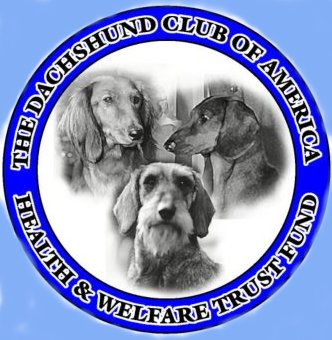


® 2003 The ASPCA
Home/Contact
Us/Tell
a Friend
![]()
Everyday Hazards
That Can Kill Your Dog
|
| When
you have a dog you are responsible for its health and well-being. You are
responsible for taking it to the vet for regular checkups or sick visits.
You should also take responsibility in ensuring your home is hazard-free.
Having a dog is like having a small child. They can get into any number of
things that are no good for them, and ingesting something hazardous can
take only a second even if you are in the room. To help prevent accidents,
you need to "dog-proof" your home. Keep household products or anything
toxic out of your dog's reach, and never keep them in an area where your
dog might sleep or play.
Plants Oleander is highly toxic, and most poisoning cases involve puppies (or toddlers). Dumb cane can be potentially fatal if a dog has even a little nibble. There are also a number of plants that have toxic oxalates, which irritate. These can cause the mouth to swell, and in severe cases, if the mouth swells quickly the dog can become asphyxiated. A few examples of these: Boston ivy; neththytis ivy, majesty; red princess, marble queen; emerald duke and arrowhead vine. Other plants that are toxic but not potentially fatal can cause vomiting, abdominal pain or cramps in your dog. If your dog begins exhibiting any of these types of symptoms consult your vet immediately. Many plants used in Christmas decorations can be harmful or toxic to dogs. It has become widely believed that poinsettias are poisonous. This is not true, however; the plants are very bitter and will cause the dog to vomit if ingested. Medications Bathrooms Garages and Storage Area Make sure to clean up spills when working on home projects. Don't leave soaked rags sitting unattended. Mineral spirits, paint and paint remover, woodstains and furniture polish all pose a threat if ingested. Also keep your laundry room dog-proofed. Detergents, bleach, and lye are threats to the dog that swallows them. Dogs can be attracted to sweet-smelling odors usually added to these products. Human Foods Walnuts are especially dangerous because they commonly carry a fungus that causes seizures in dogs. Nuts, in general, are not good for dogs; the high phosphorus content can lead to bladder stones. Since chocolate and walnuts are a common ingredient in candies and foods around the holidays, make sure you tell your family members not to give the dogs any table scraps or holiday cookies. Explain to them your reasons why this can actually be harmful to your dog and is not a treat. If your dog has ingested any of these items, immediately call your vet or check with the emergency room of your local hospital and ask for the number of the local Poison Control Center. You can also call the National Animal Poison Control Center, which offers three fee-based hotline numbers. The easiest to remember is (888)4-ANIHELP. Be sure not to induce vomiting unless told to do so after consulting with your vet or an animal poison control center. Sometimes a toxic substance can be more damaging to a dog if it's brought up again. Never induce vomiting more than two hours after the substance has been ingested. |
![]()